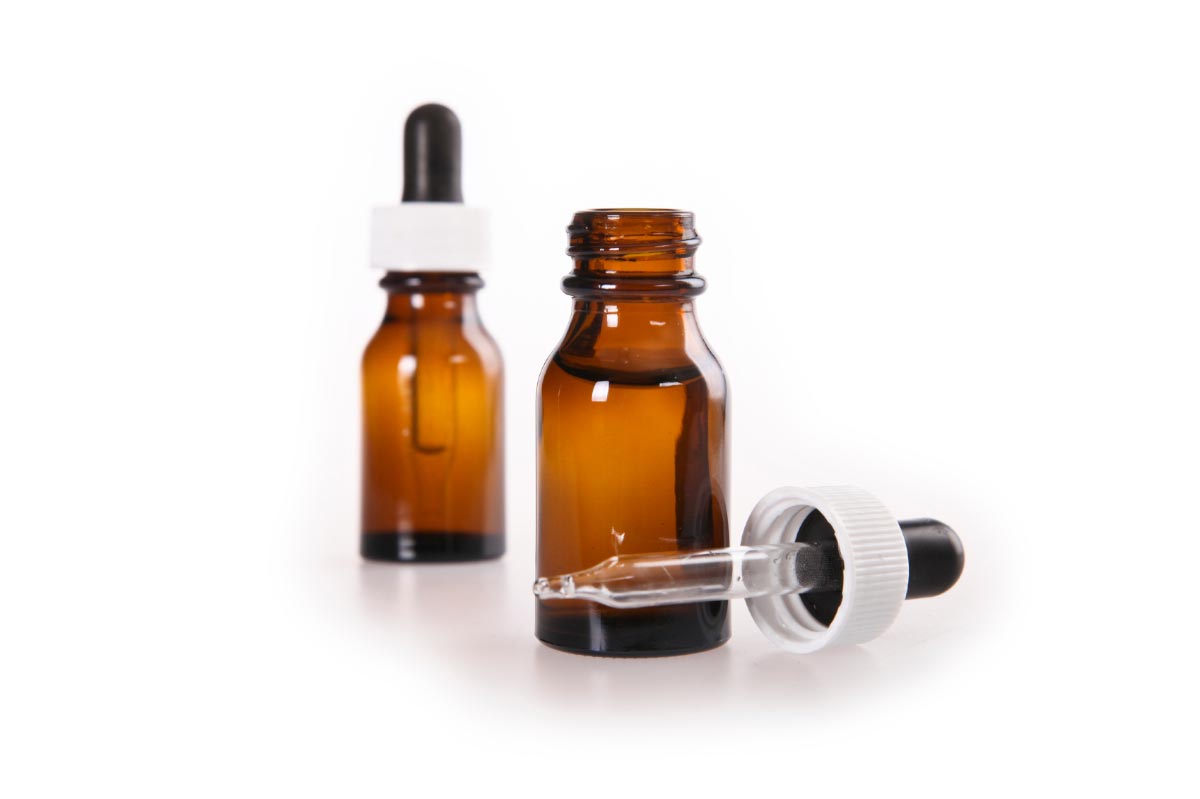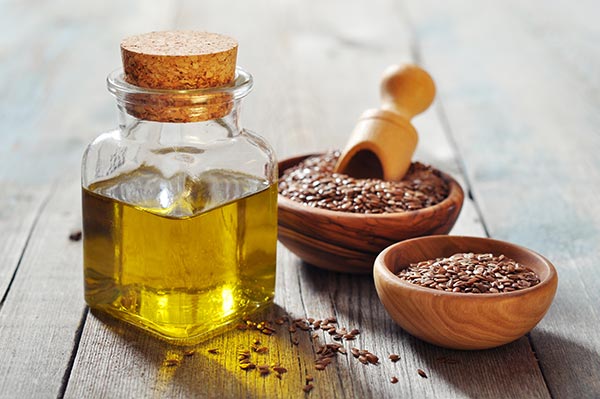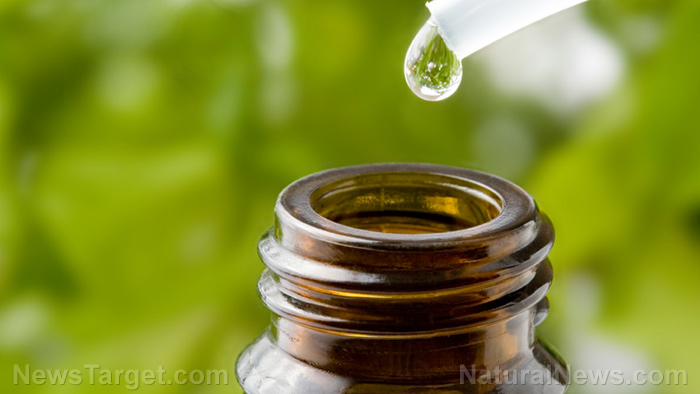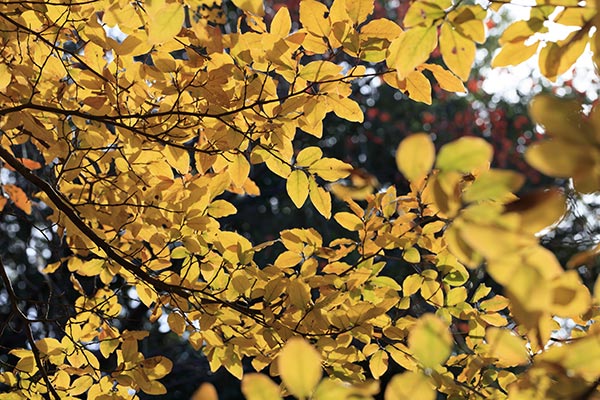A step-by-step guide to making homemade tinctures
02/19/2020 / By Michael Alexander

Plants are known to be potent sources of medicine – they contain health-giving nutrients that help promote and support overall wellness.
They can be taken in different ways as well. Some plants, such as ginger (Zingiber officinale) and chamomile (Matricaria chamomilla), are often made into teas to help solve problems such as indigestion and insomnia, while some, like turmeric (Curcuma longa) and dandelion (Taraxacum officinale), can be made into poultices for external ailments. Some plants like the wood sorrel (Oxalis spp.) can even be consumed raw as a natural treatment for mouth sores.
However, simply brewing plant matter into teas may not be enough to extract all the beneficial compounds. Similarly, some compounds don’t react well to rapid oxidation, which is what usually happens when plants are crushed for poultices. Some plant compounds or phytonutrients also lose their potency when improperly stored – a common problem when it comes to raw plant products. (Related: Using herbal remedies: learn the basics.)
Therefore, it’s a good thing that tinctures exist.
A tincture is a concentrated solution made from one or more herbs. One way to make tinctures is by soaking and steeping parts of herbs – leaves, stems, fruit, roots, bark – in a liquid called a menstruum or solvent. Traditionally, the liquids used as menstruum are either apple cider vinegar or alcohol. Another liquid that can be used for steeping is vegetable glycerin.
This soaking and steeping process extracts the active components of the herbs. Although some recipes call for vinegar, the majority of literature on the subject recommends using drinking or grain alcohol since it can extract plant compounds such as resins and alkaloids, most of which are not readily water-soluble. As a result, alcohol-steeped tinctures are often considered to be the most potent of preparations, although this will also depend on several other factors, which will be explained further in the article.
Tinctures are usually taken orally, alone, or in some cases, mixed in beverages such as juices.
Planning to try your hand at making your own tinctures for your family? Here are some other important things you need to know:
Mind your water content
When making alcohol-based tinctures, remember that you can’t simply use the same percentages of alcohol by volume (ABV) for every recipe. This has something to do with your herbs’ water content.
When using dried herbs, for example, you must use alcohol with an ABV of up to 60 percent. That means that the quantity of liquid you use in your menstruum will be 60 percent alcohol and 40 percent water.
When using fresh plant material, you must use alcohol with a higher ABV percentage, say 85-90 percent, since fresh plant matter already contains water. This ensures that you are not adding excessive amounts of water to your mix.
According to seasoned herbalists and tincture makers, it’s best to purchase alcohol that already contains 95 percent ABV, as it will be easier to dilute.
You can use the following formulae when computing the perfect dilution rate for your tincture recipe:
- (% ABV needed / % ABV in bottle) x amount of liquid needed = amount of alcohol to use
- Amount of liquid needed – amount of alcohol to use = amount of water to use
- Amount of alcohol to use + amount of water to use = amount of menstruum needed
Making tinctures the traditional way
Now that you have a background on the necessary formula involved in making tinctures, you are ready to take the next step: making tinctures.
A relatively simple method, the traditional or folk method of making tinctures only requires equipment you already have in your kitchen:
- Glass jars
- Plastic film or parchment
- Cheesecloth
- Wooden spoons
- Knives
- Amber jars and bottles
The basic steps are also relatively simple:
- Increase your plant matter’s surface area by chopping it into tiny pieces.
- Put your prepared plant matter in a clean, sterilized jar.
- Cover the plant matter with your menstruum. Use enough menstruum to cover the plant matter completely. Make sure to leave space at the top so that the herbs and menstruum don’t come into constant contact with the lid. Using jars with metal lids? Put a layer of parchment or plastic film on the jar’s opening.
- Store the jar in a dark location. Tinctures can be ready in as little as two weeks. If you choose to do so, you can let the tincture steep for up to six weeks.
- Strain the finished tincture and store inside dark, amber-colored jars. This will prevent the potent compounds from being damaged by light.
Below is a tincture recipe adapted from The Nerdy Farm Wife that you can try:
RECIPE: Ginger Tincture
This is a traditional recipe for ginger tincture and is used as a natural remedy for stomach bugs, nausea, motion sickness and chills. The recommended dosage for adults is up to three droppersful, three times a day. For children, cut the suggested dose by half.
This may be added to drinks such as lemonade or tea, if so desired.
Ingredients:
- 1 ounce (28 g) dried, organic ginger root
- 4 cups vodka
Directions:
- Place the dried, organic ginger root in your jar.
- Measure out four cups of vodka or other menstruum and place inside your jar.
- Place the lid back on your jar and mix thoroughly. Let steep for four weeks. Shake jar twice a week.
- Strain then transfer to amber bottles.
- Store in a cool dry place.
For similar stories on food, nutrition and tips on improving your overall wellness the natural way, head over to Herbs.news.
Sources include:
Tagged Under: food cures, functional food, ginger, herbal medicine, herbal tincture, natural cures, natural medicine, phytonutrients, plant medicine, remedies, tincture
RECENT NEWS & ARTICLES
COPYRIGHT © 2017 REMEDIES NEWS



















